It is a fern that appears to creep or maybe climb, it produces stolons where new fronds are born. It was growing against a rock besides the river. Thank you for having a look, 🙂
Observation Data
Classification & Common Names
- Class: Polypodiopsida
- Family: Polypodiaceae
- Genus: Serpocaulon A. R. Sm.
- Species: Serpocaulon fraxinifolium (Jaqc.) A. R. Sm.
- Var./Subsp.:
- Common name(s):
General Observation Data
- Date: 1-I-2016
- Habitat:
- Habit:
Additional Comments
Location
- Location: – – – Rio de Janeiro – Brazil.
- Coordinates: -23.233, -44.7466
- Elevation: ca. 20 m

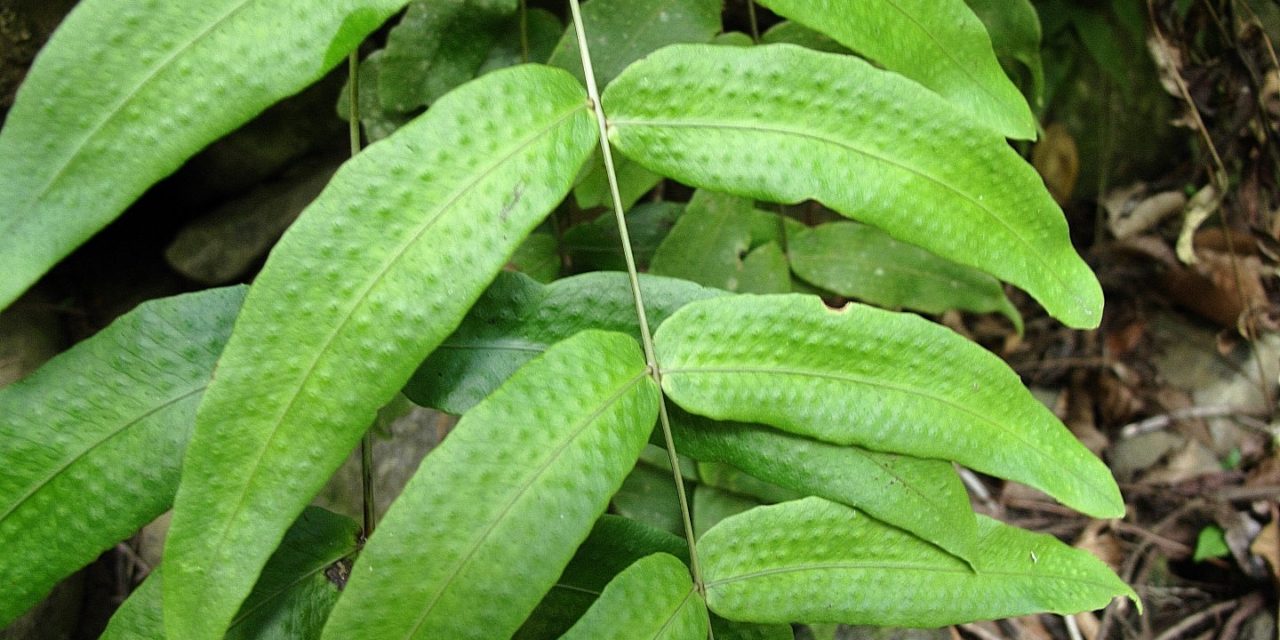
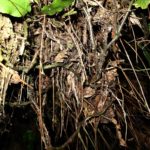
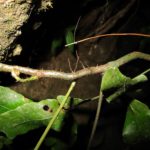
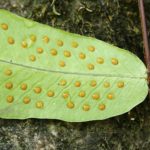
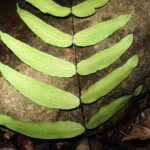
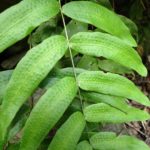
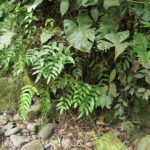
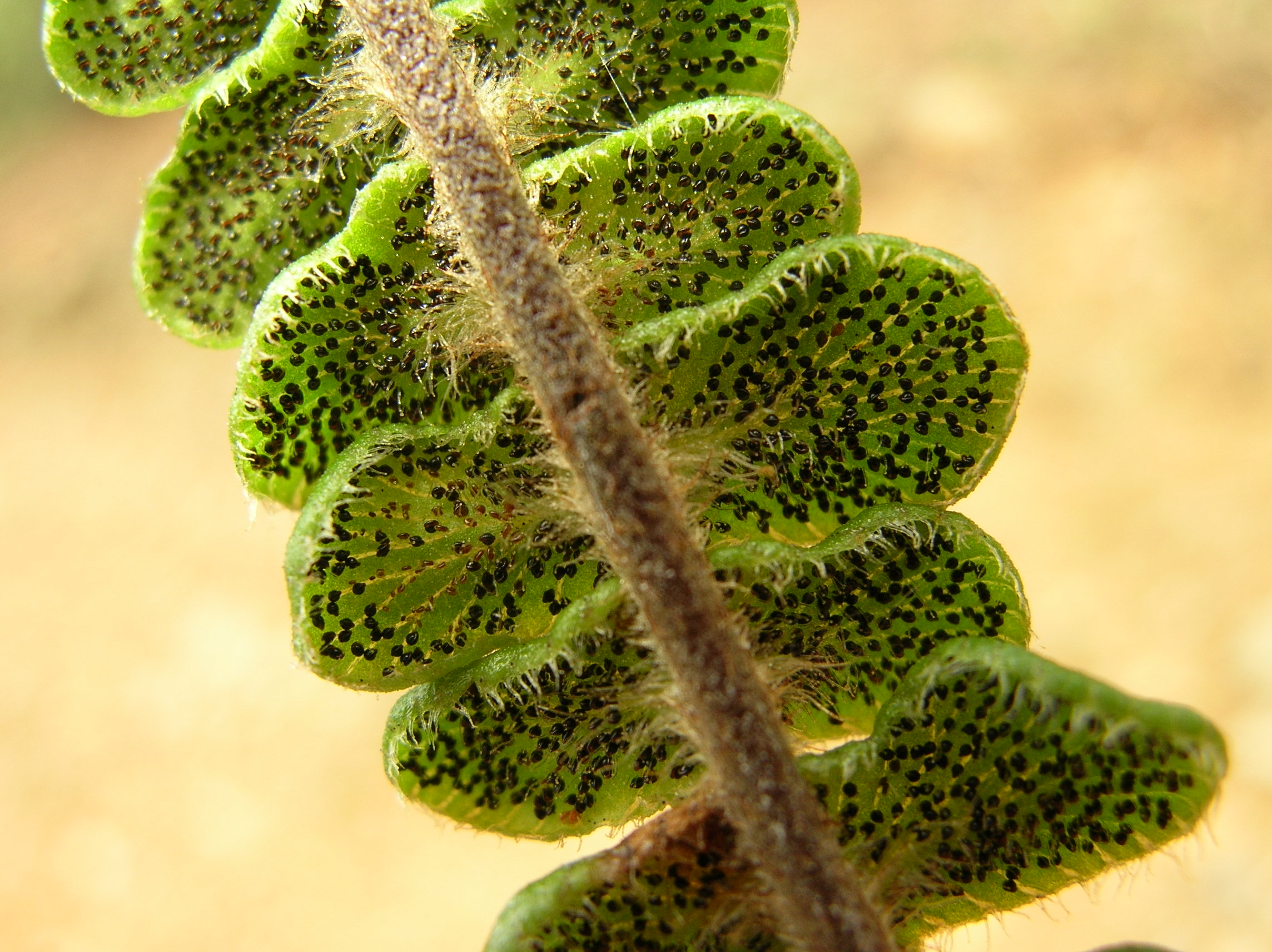
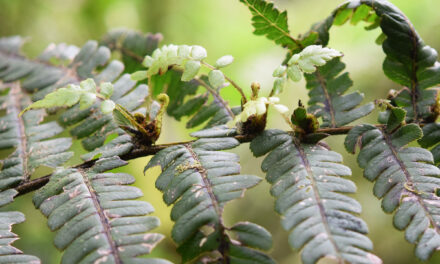
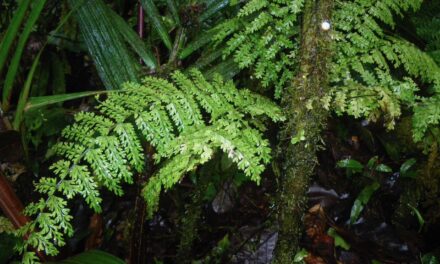
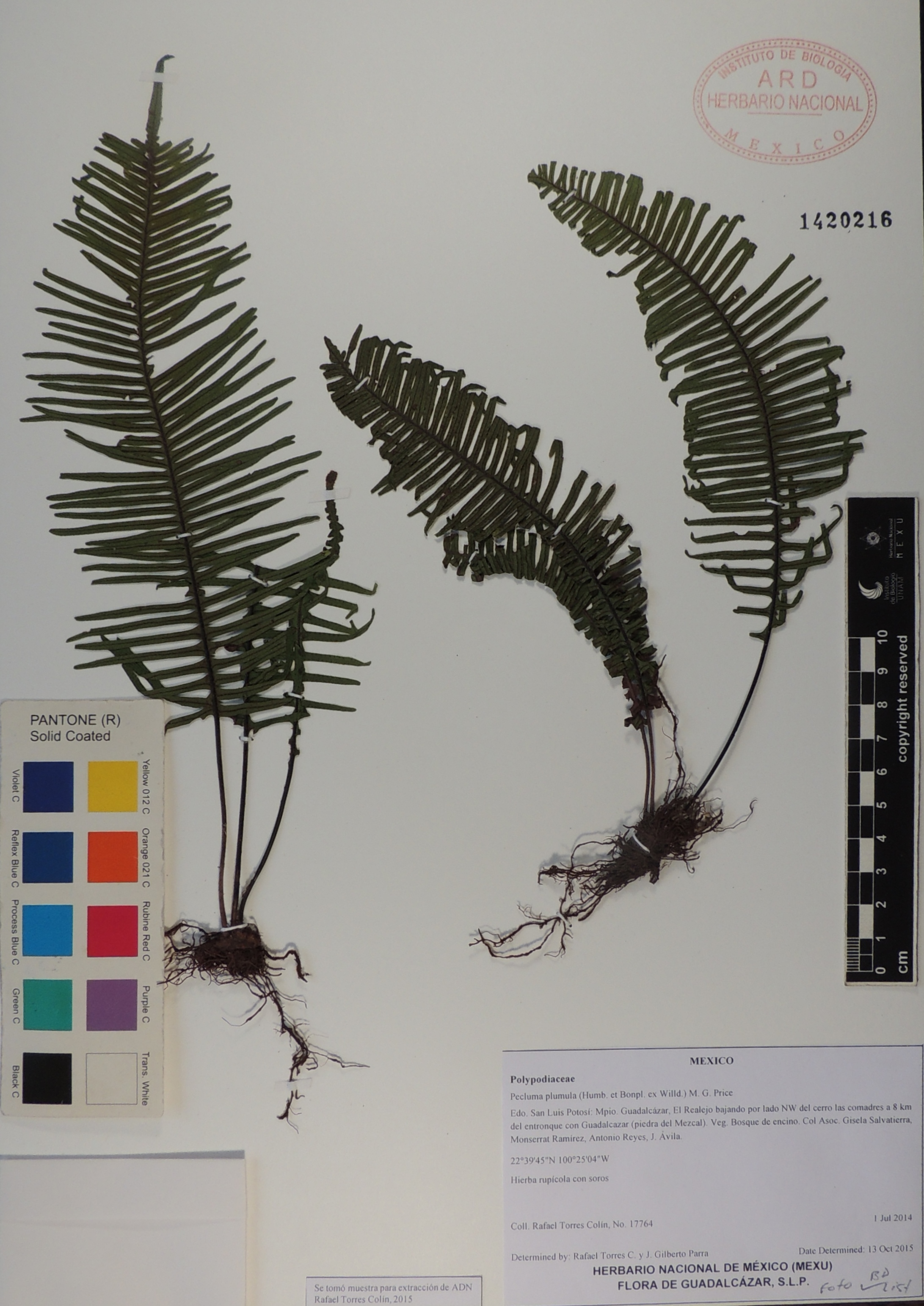
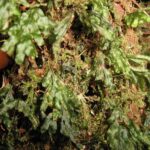
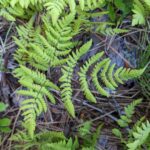
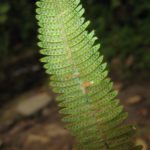
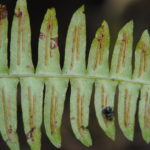

This is a Serpocaulon (Polypodiaceae), maybe S. fraxinifolium. I don’t know which members of this genus are in Brazil, but I know that S. fraxinifolium is there and looks like this.
Thank you a lot wtesto!
There are 9 species of Serpocaulon in the Rio de janeiro state according to the ‘Floa do Brasil’ and Serpocaulon fraxinifolium is amongst them.
I’ell try to find photo material on the web for the other species.
Thanks! 🙂
http://floradobrasil.jbrj.gov.br/reflora/listaBrasil/ConsultaPublicaUC/BemVindoConsultaPublicaConsultar.do?invalidatePageControlCounter=1&idsFilhosAlgas=%5B2%5D&idsFilhosFungos=%5B1%2C11%2C10%5D&lingua=&grupo=12&familia=null&genero=Serpocaulon&especie=&autor=&nomeVernaculo=&nomeCompleto=&formaVida=null&substrato=null&ocorreBrasil=QUALQUER&ocorrencia=OCORRE&endemismo=TODOS&origem=TODOS®iao=SUDESTE&estado=RJ&ilhaOceanica=32767&domFitogeograficos=QUALQUER&bacia=QUALQUER&vegetacao=TODOS&mostrarAte=SUBESP_VAR&opcoesBusca=TODOS_OS_NOMES&loginUsuario=Visitante&senhaUsuario=&contexto=consulta-publica
I agree with Weston, Myryam: Serpocaulon fraxinifolium (Jacq.) A.R. Sm.
Best to both, and thanks for mentioning my works in the other post, Weston! 🙂
Vinícius
Thanks for the confirmation Vinicius!
Myriam
Thanks everyone. I will update the post to reflect the latest determination.
Hi all, mmm I think that S. fraxinifolium from Brazil, is S. polystichum, also found in Bolivia to Colombia. S. fraxinifolium does not have patent scales in the rhizome. This will be solved soon.
Cheers,
David
Thanks for the comment David. I am familiar with S. polystichum from Bolivia. Please let us know when you have settled the taxonomy on this and I will update the post.